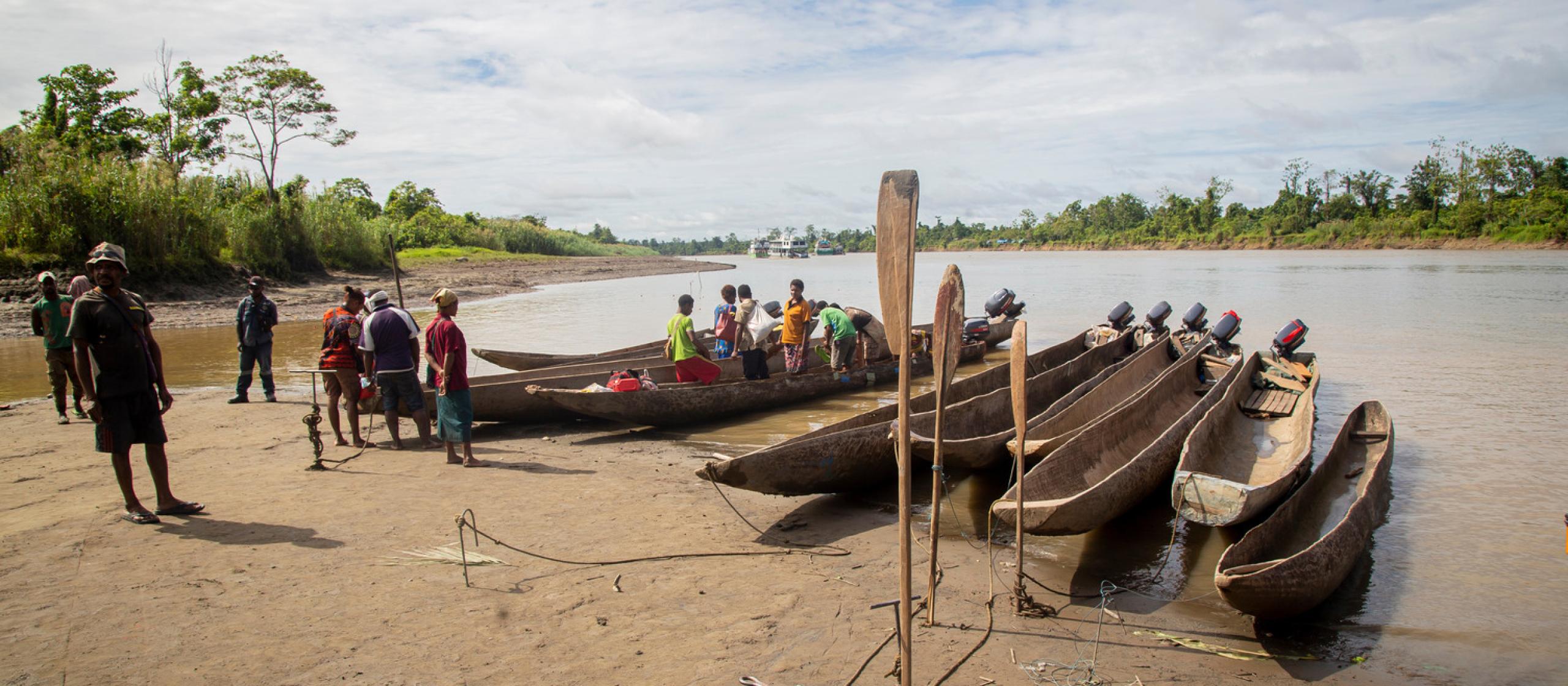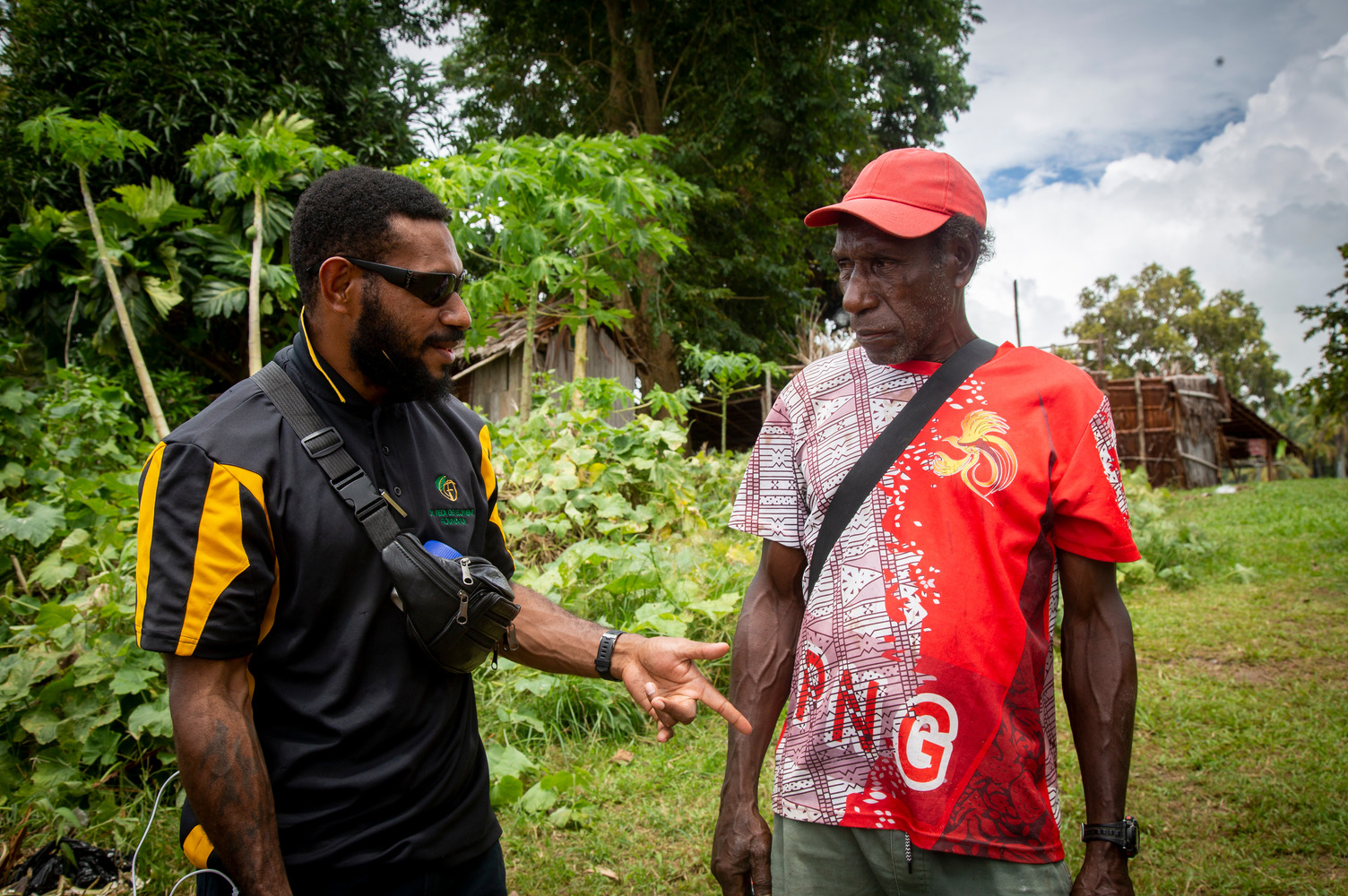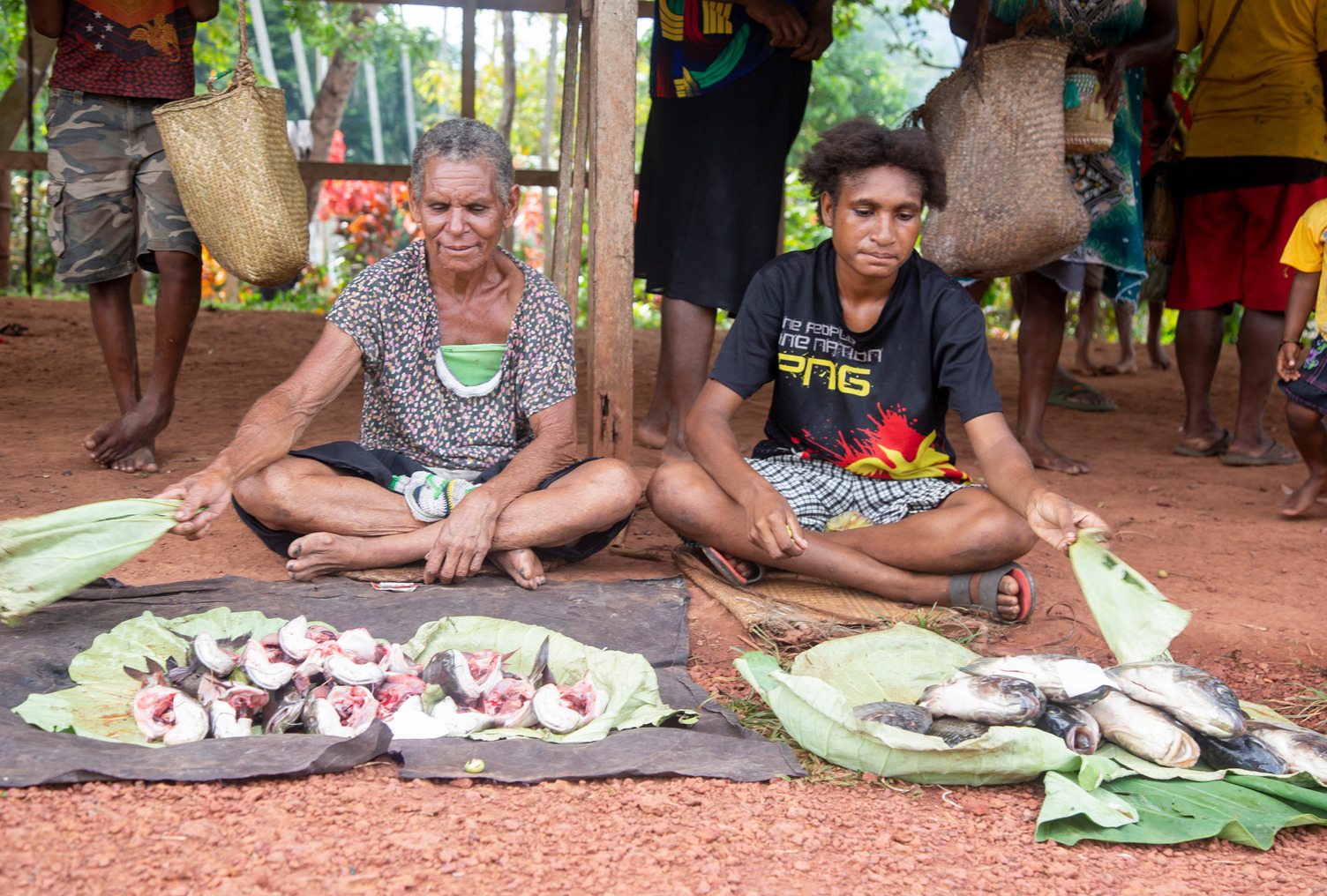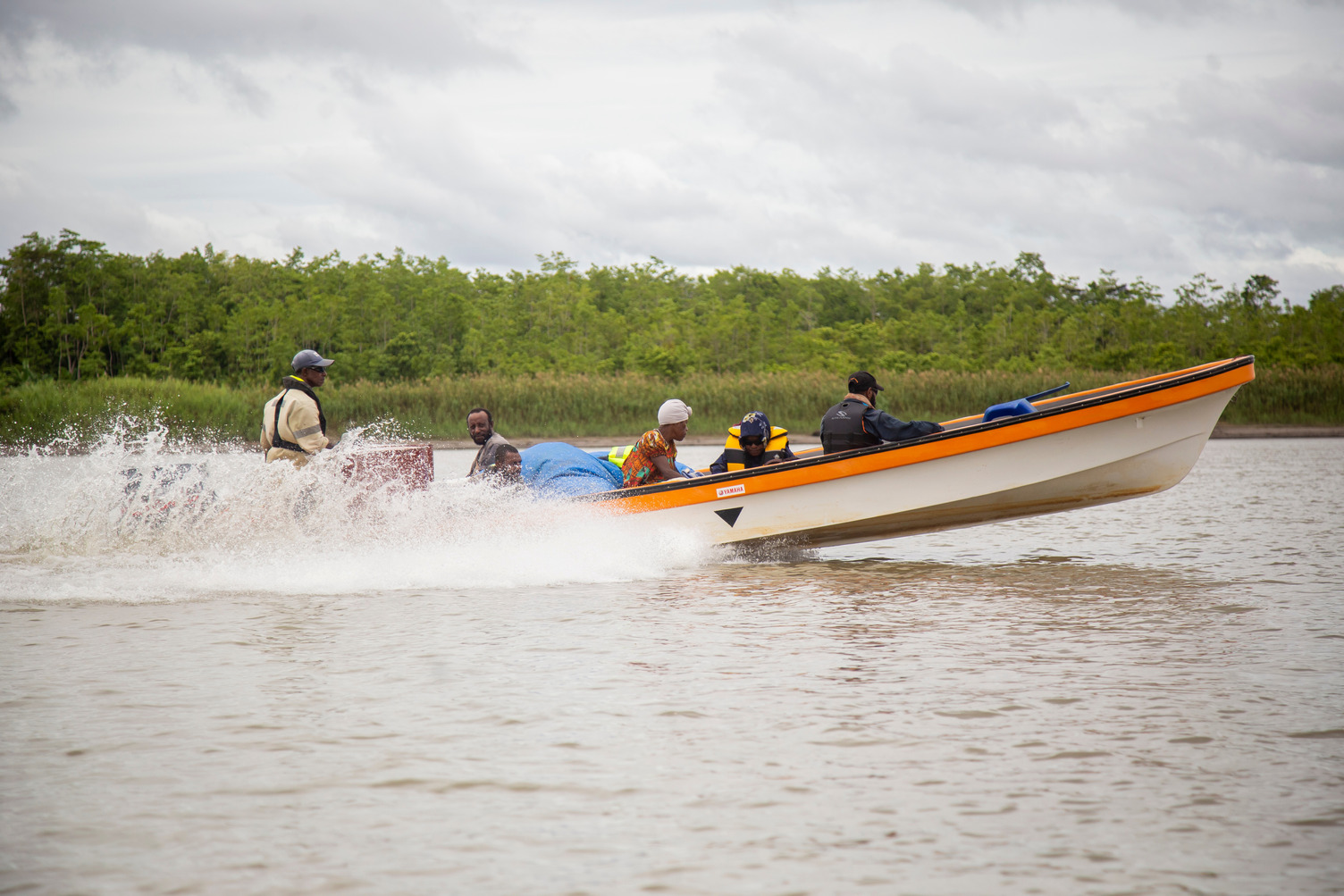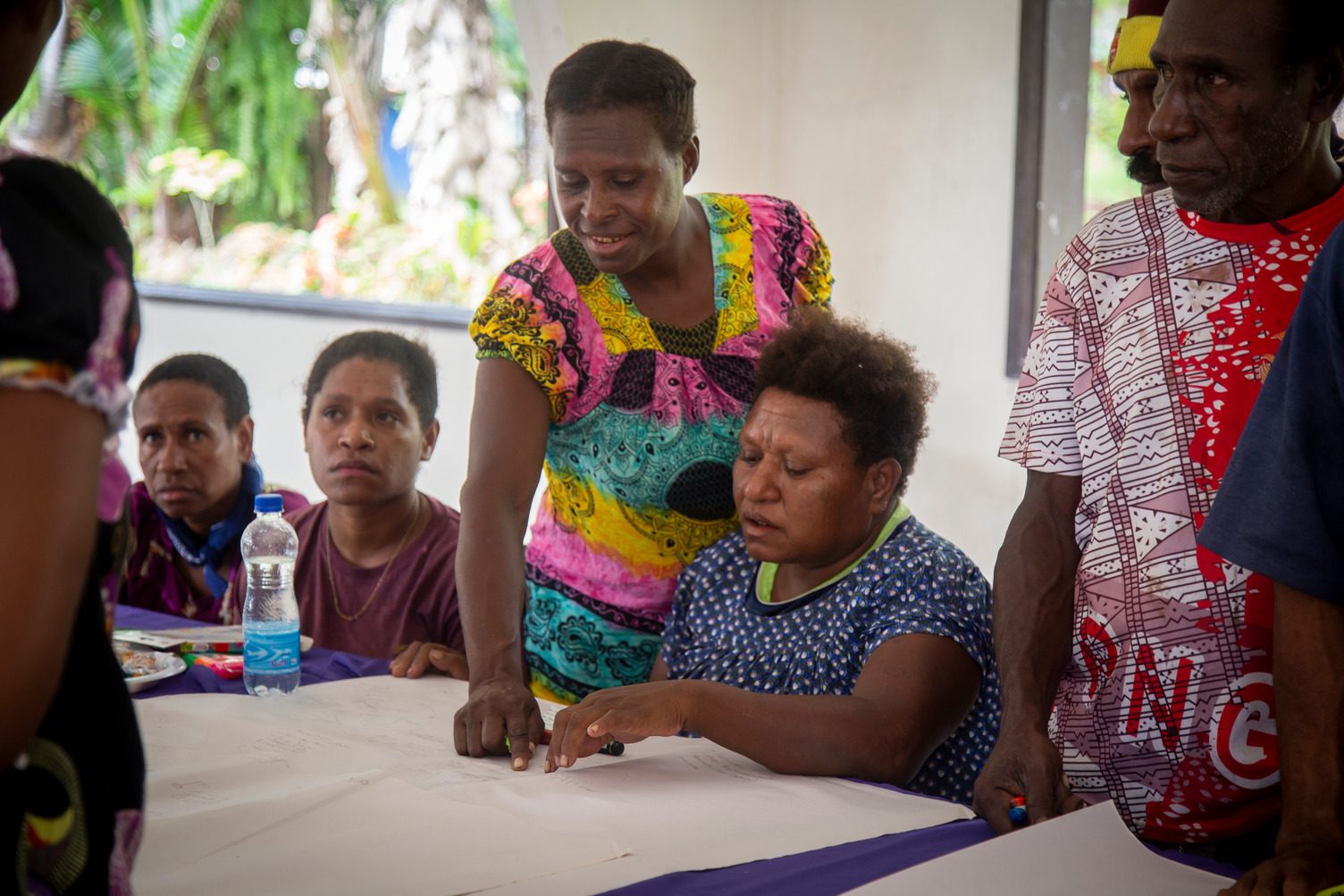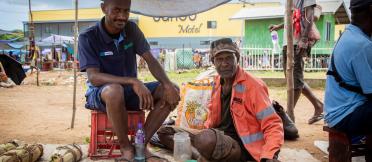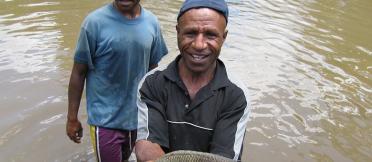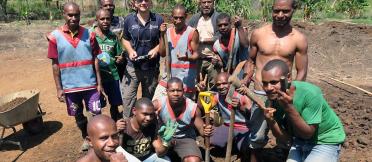Imagine travelling 12 hours by fibreglass dinghy to get to the nearest township to access much needed services. It is a gruelling journey in an open boat exposed to the unforgiving tropical heat and relentless downpours.
But it is necessary travel for communities from Kaviananga village in Middle Fly of the Western Province, Papua New Guinea (PNG). They undertake the 12-hour journey to the township of Kiunga, to access services like health and education.
The trip is only one half of the journey. From the mouth of the Fly River, it takes nearly 74 hours by dinghy to get to Kiunga.
Western Province is the largest in the country and its geographical size presents many development challenges. The Province shares borders with the Torres Strait of Australia and Papua Province of Indonesia. The region is remote and isolated from major domestic markets.
